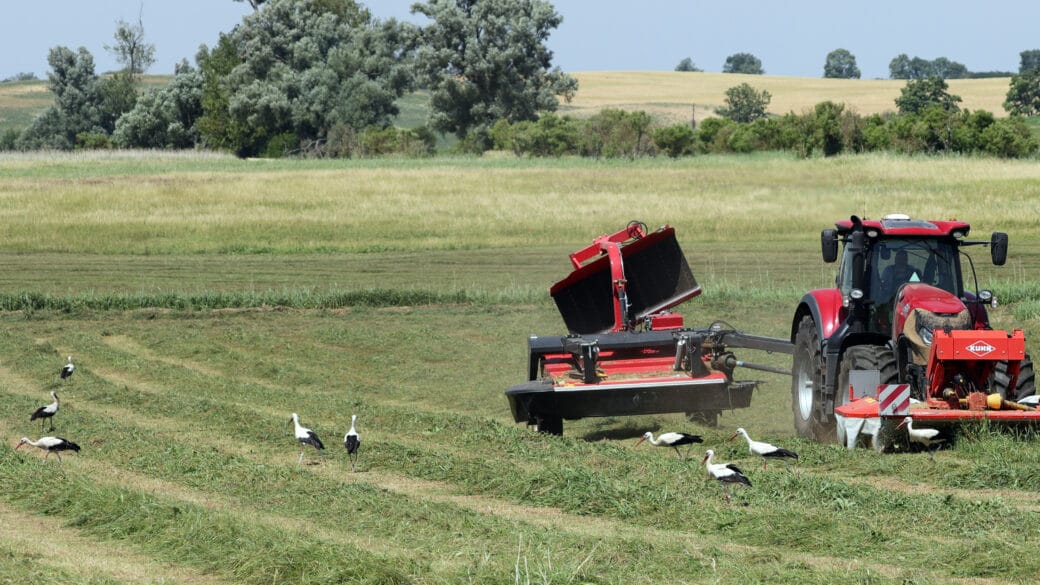From land use to habitat heterogeneity and biodiversity in grassland ecosystems: A combined theoretical, experimental and observational study

The main focus of the theoretical part of the project in phase 1 was the plausibility check of the AHTO (Area Herterogeneity Tradeoff). For this purpose, more scenarios and conditions were tested than by the original model. The modelling strategy was adapted to mechanisms and interactions that are widespread in organisms. However, this highly abstract, general approach had to disregard processes and interactions that are important for structuring grassland communities. The development of the model towards these processes and interactions is now the core in the second phase of the project. This extension of the model will allow us to directly and closely link our theoretical, experimental and observational results.
In the first phase of the project, a long-term microcosm experiment was established to test hypotheses generated by our models under very controlled conditions. Long-term monitoring of the experiment is essential because community responses to habitat changes occur through demographic processes (birth rate, death rate and distribution). These processes take a relatively long time, especially for perennial species and those with clonal reproduction. Therefore, a large component of the experimental part of the project is the continuation of monitoring to record the responses of the artificial communities to the different manipulatons in the microcosm. Due to the change in the modulation approach, suitable empirical data must be collected to parameterise the new models. Therefore, another experiment will be set up to measure individual growth responses of plants to the manipulations of habitat conditions.
The most important part of the current project is to link our previous work more directly to the exploratories. Habitat heterogeneity is often brought up as a possible – but never confirmed – explanation for many patterns and processes along the land use gradient (e.g. Blüthgen et al. 2016, Solivieres et al. 2015, Manning et al. 2015). Therefore, in this second phase, field surveys will be conducted in the exploratories, measuring all factors of the theoretical and experimental parts of the project along the land use gradient.









